The first six planets (Mercury through Saturn) have been known and described since the time of the ancient Greeks, and probably long before. They were called “wanderers” because of their strange behavior compared to the stars. It wasn’t until the early 1600s when Galileo pointed his telescope at the sky that planets were seen as other worlds outside of ours. Still, the solar system didn’t expand beyond the ancient model until the early 19th century, when Uranus was discovered by accident, and Neptune not long afterward.
The discovery of Neptune came about as a result of astronomers trying to use complex calculations to predict the orbits of the known planets. Their calculations were incredibly precise, but something was always off for some reason. Many theories were proposed, but it wasn’t until July of 1846 that the French mathematician Urbain Le Verrier suggested that an extra planet would solve for the errors.
Le Verrier predicted the location of this new planet to within one degree of accuracy, but (being a mathematician) he never bothered to actually check the sky in that spot. It was astronomers at the Berlin Observatory that started searching, based on Le Verrier’s calculations. A few months later, on September 24, 1846, German astronomer Johann Gottfried Galle spotted Neptune. (And to Le Verrier’s detriment, got most of the credit for the discovery.)
The telescope used for this search was a beautiful wooden 9-inch Fraunhofer refractor, in those days the Rolls-Royce of telescopes. The instrument received instant fame and remained the flagship of the Berlin Observatory for many years to come. Despite its fame, it did become obsolete with time, and eventually was donated to the Deutsches Museum in Munich, where it is on display to this day.
Update as of May 2023: Academy Collection is currently closed for renovation. It’s scheduled to be reopened in 2028.
Know Before You Go
The telescope is housed on the first floor of the Deutsches Museum, in the Royal Academy collection. Entrance to the museum is €12 for regular visitors and €4 for reduced pricing groups such as students.
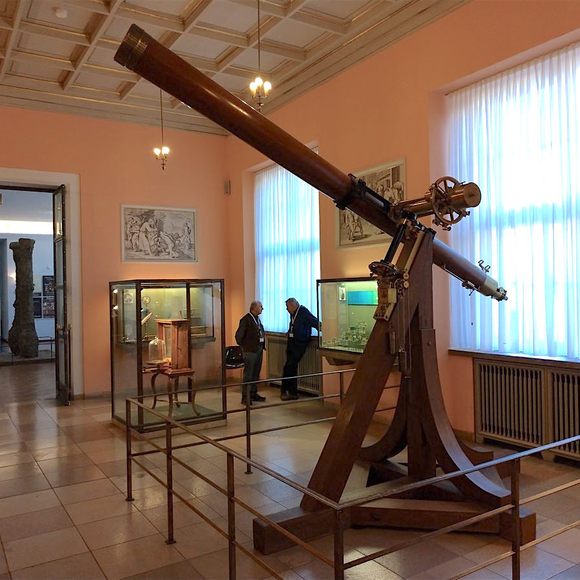


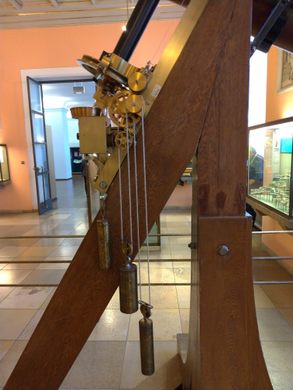






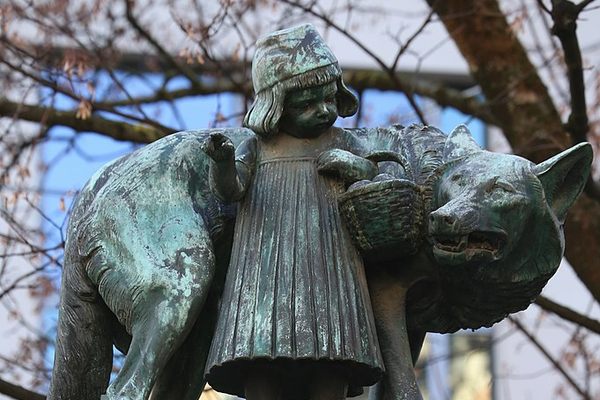

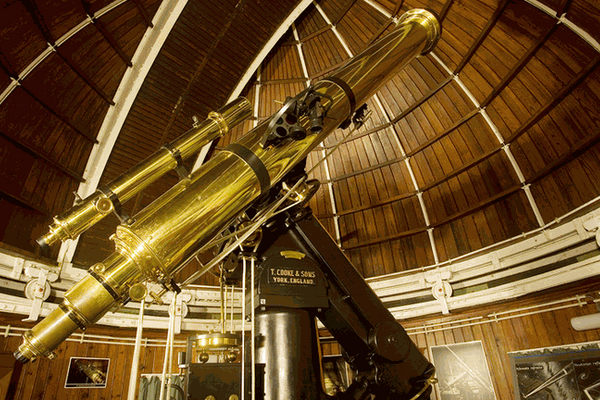

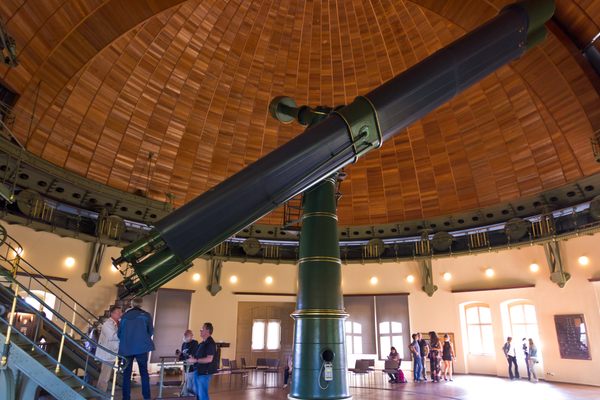

Follow us on Twitter to get the latest on the world's hidden wonders.
Like us on Facebook to get the latest on the world's hidden wonders.
Follow us on Twitter Like us on Facebook